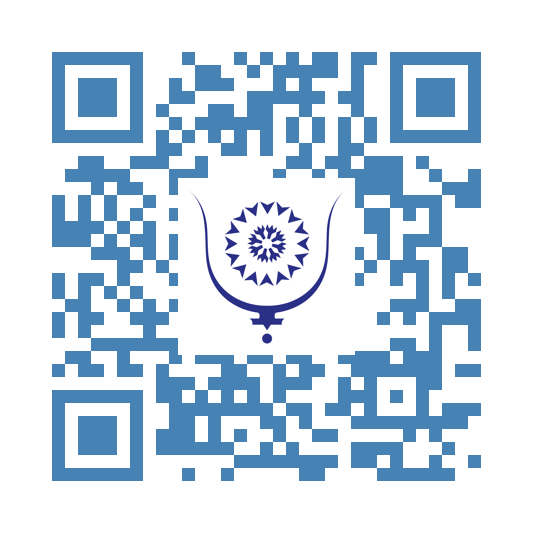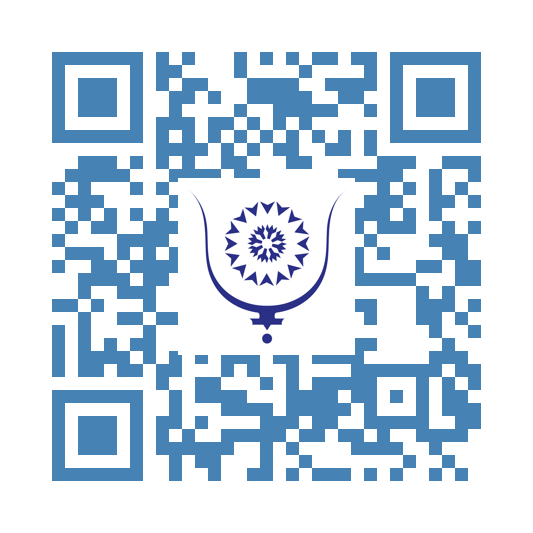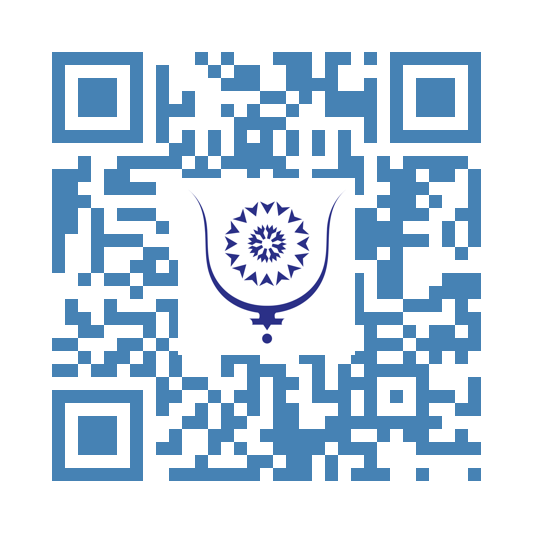14: The Goetia 10079
The Goetia, the first book of the Lemegeton, also known as The Lesser Key of Solomon, is a grimoire of ceremonial magic that catalogs seventy-two spirits or daemons and provides instructions for evoking and commanding them. This text, attributed to King Solomon, details how he supposedly bound these entities to aid in the construction of the Temple of Jerusalem. The Goetia emphasizes summoning these spirits for specific tasks, ranging from acquiring knowledge and treasure to influencing people or uncovering secrets. Each spirit possesses unique attributes, titles, and roles, often organized into a hierarchy of kings, dukes, and princes, among other ranks. They are associated with specific planetary influences, making their invocation part of an elaborate astrological and magical system.
The spirits described in the Goetia are not inherently good or evil; their nature depends on how they are approached and the intent of the practitioner. They embody archetypal energies or forces that can be harnessed constructively or destructively. The summoner must possess discipline, knowledge, and moral clarity to work with these entities safely. Rituals often involve protective measures, such as casting a magical circle, invoking divine names, and using the pentagram or hexagram for spiritual shielding.
Descriptions of the spirits are vivid and symbolic. Their visualizations often reflect the functions attributed to them, aligning with psychological archetypes or natural forces. The Goetia also employs sigils—unique symbols representing each spirit—as focal points for invocation. These sigils are drawn on parchment or engraved on magical tools to establish a connection with the entity during rituals.
The process of working with Goetic spirits requires mastery of the text's rituals and invocations, often incorporating prayers, incense, candles, and precise timing based on planetary hours. The practitioner must call upon higher divine forces to maintain authority over the summoned spirit, reinforcing the hierarchical structure in which these spirits operate under divine law. Failure to adhere to these protocols can result in spiritual and psychological dangers, as the energies invoked are potent and do not conform to human morality.
Modern interpretations of the Goetia often view its spirits as symbolic representations of inner psychological forces rather than external entities. From this perspective, summoning these spirits becomes an act of engaging with and integrating aspects of the self, such as hidden desires, fears, or untapped potential. This psycho-spiritual approach highlights the transformative potential of working with the Goetia when performed responsibly and with clear intent.
The Goetia remains one of the most famous and influential texts in Western occult tradition, inspiring countless practitioners and interpretations. Its blend of ceremonial magic, psychology, and mythology offers a powerful framework for exploring both the spiritual and inner realms. Whether viewed as literal spirits or symbolic energies, the Goetic entities represent the duality of power and the necessity of wielding it with wisdom and respect.







